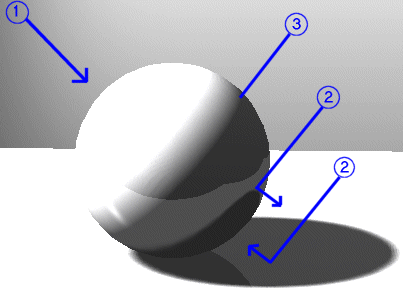
Lighting is one of the most important aspects of rendering. An accurately modeled and textured environment will yield poor result if proper lighting is not set. It requires some level of skill to do effective light setting.
Knowing the lighting fundamentals is important for engineers to set a good lighting for the model. The following example illustrates how the environment illuminates an object.

Here the main source of light is the Sun, however some light is also reflecting from the base and the object, which acts as additional source of lighting. The areas of surfaces which are closer to each other receive more of the reflected light than areas that are further apart. Therefore the bottom part of the object is lighter than the centre because it is nearer to the base as it is receiving more of Bounced Light
Terminator is the darkest area in the object. This is the area in the shade which receives least amount of light.
The Lighting effect primarily depends upon the relative position, intensity and type of light source. Primarily there are three main types of light sources, Directional, Positional and Ambient lights.
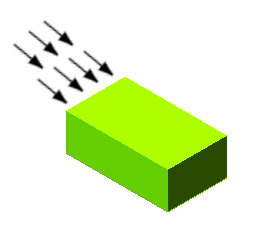
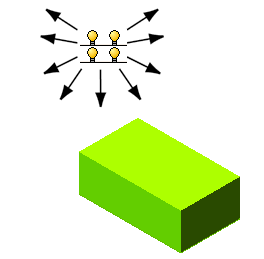
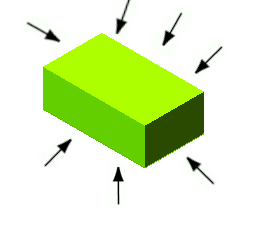
Specifying the position and intensity of the light source plays an important role in defining the appearance of a model. If a model is rendered with no light source then all the surfaces of the model are rendered black.
The direction of the light source has a very important effect on the perception of the object that will be rendered. The following are the different lights direction and their affect on a spherical model.
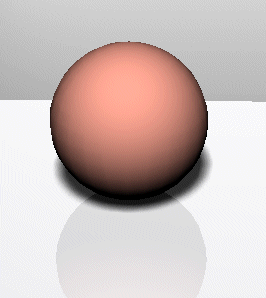
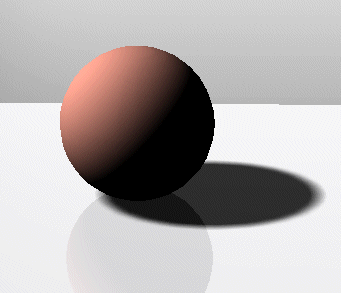 |
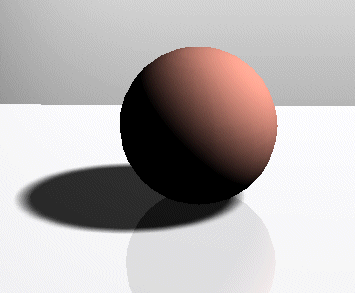 |
| Left Lighting | Right Lighting |
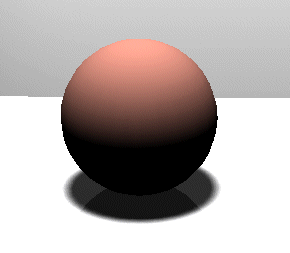
 e-Learning video list for rendering
e-Learning video list for rendering